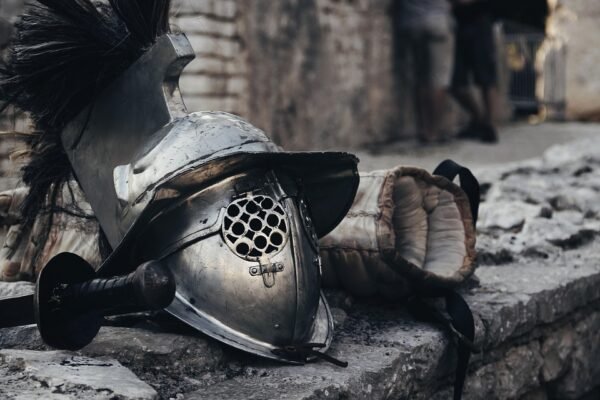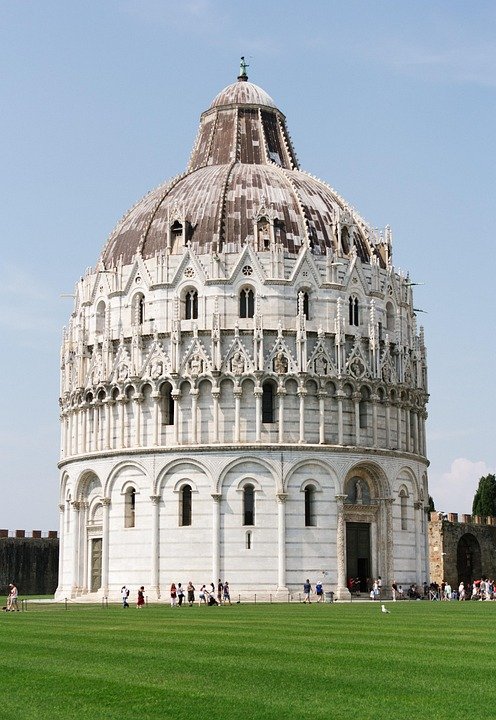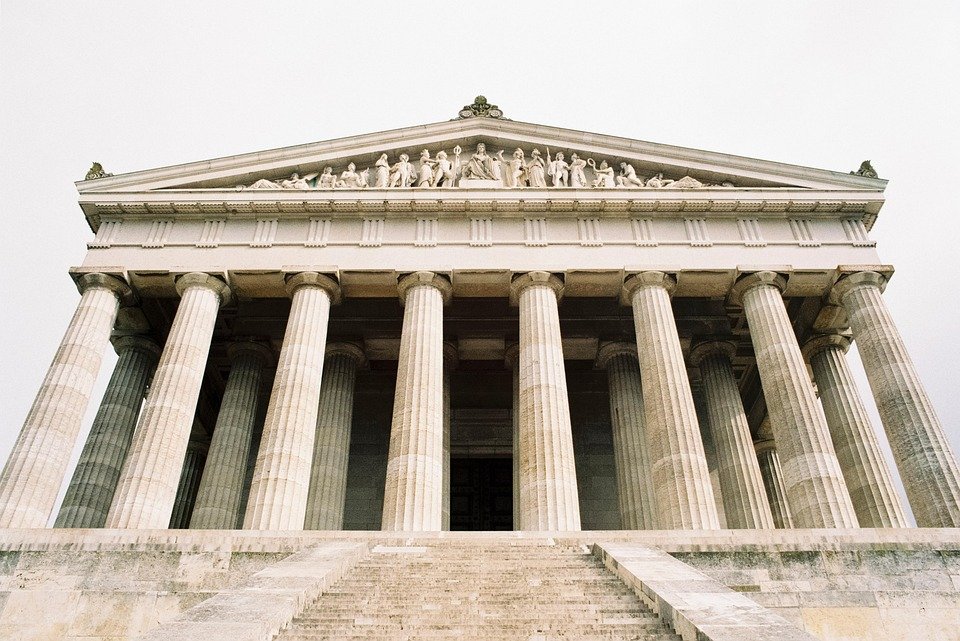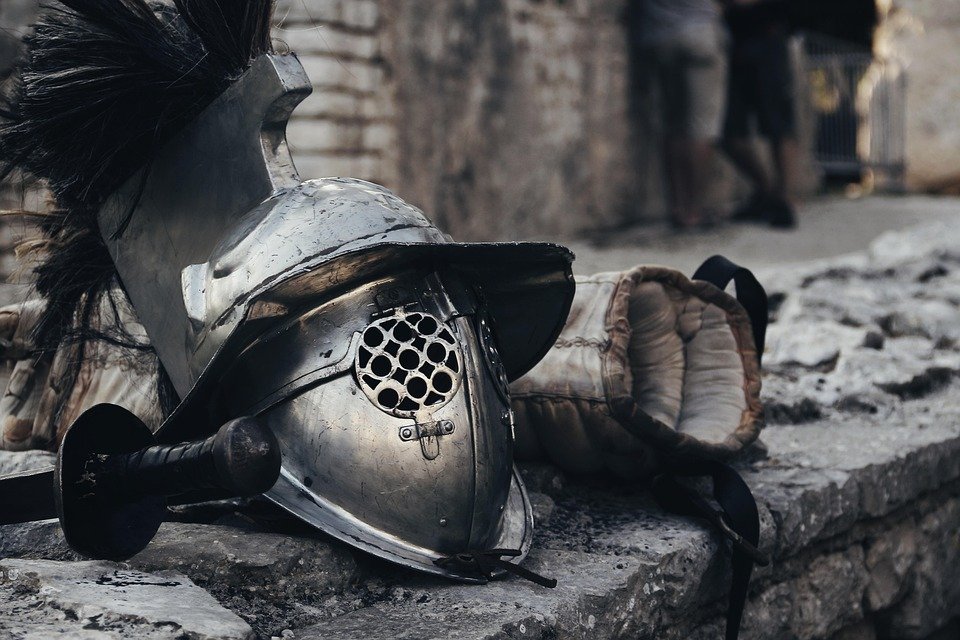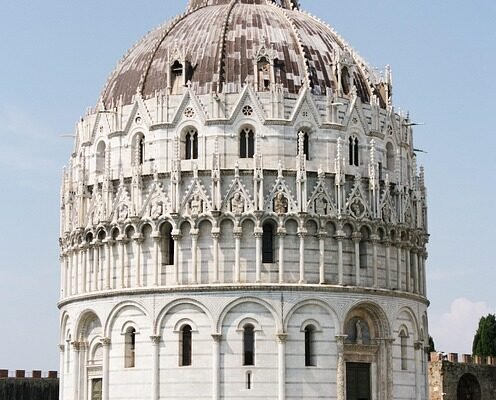

On this day: May 1
The Origins of May Day
May 1st, also known as May Day, is a day that has been celebrated for centuries as a time of renewal and rebirth. The origins of May Day can be traced back to ancient pagan festivals, where people would come together to celebrate the arrival of spring and the fertility of the land.
One of the most well-known May Day traditions is the Maypole dance, where people would dance around a decorated pole to welcome the spring season. This tradition is still practiced in many parts of the world today.
International Workers’ Day
In the late 19th century, May 1st became associated with the labor movement and the fight for workers’ rights. On May 1, 1886, a labor strike in Chicago turned violent when a bomb was thrown at a group of police officers, resulting in several deaths and injuries. This event became known as the Haymarket Affair, and it sparked the beginning of International Workers’ Day.
Since then, May 1st has been recognized as International Workers’ Day in many countries around the world, where workers come together to protest for better working conditions and fair wages. The day is a reminder of the struggles that workers have faced throughout history and a celebration of the progress that has been made in the fight for labor rights.
May Day Celebrations
May Day is celebrated in many different ways around the world. In some countries, people gather to watch parades and demonstrations in support of workers’ rights. In others, May Day is a time for feasting and dancing to celebrate the arrival of spring.
One of the most famous May Day celebrations is the May Day festival in Oxford, England, where thousands of people gather to watch a traditional Morris dance and listen to music and speeches. The festival has been a tradition in Oxford for over 500 years and continues to be a popular event today.
Conclusion
May 1st is a day that has a long and rich history, from its origins as a pagan festival to its association with the labor movement. Whether people are dancing around a Maypole or marching in a parade, May Day is a time for celebration, reflection, and solidarity.



